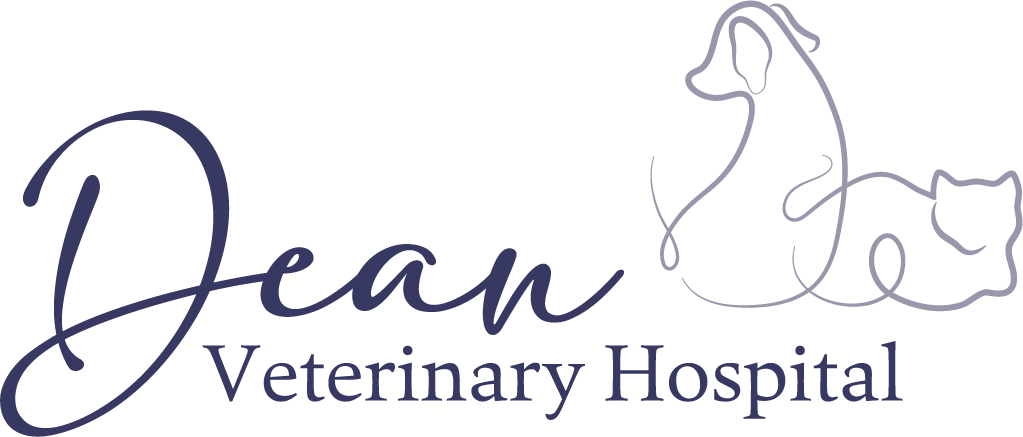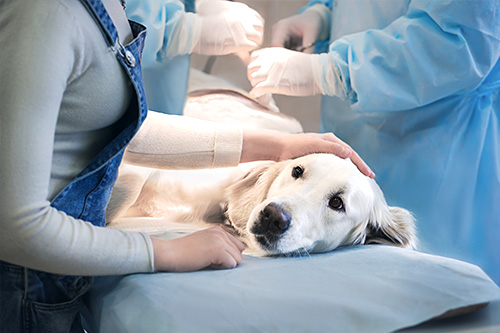Laparoscopic Surgery
At Dean Veterinary Hospital, we’re at the forefront of veterinary medicine, offering state-of-the-art laparoscopic surgery for dogs and cats. Our team of skilled veterinarians is dedicated to providing your pet with the highest level of care, ensuring a faster, safer, and more comfortable recovery process. Whether it’s a routine spay or a more complex surgical procedure, we’re here to make the experience as stress-free as possible for you and your pet.





